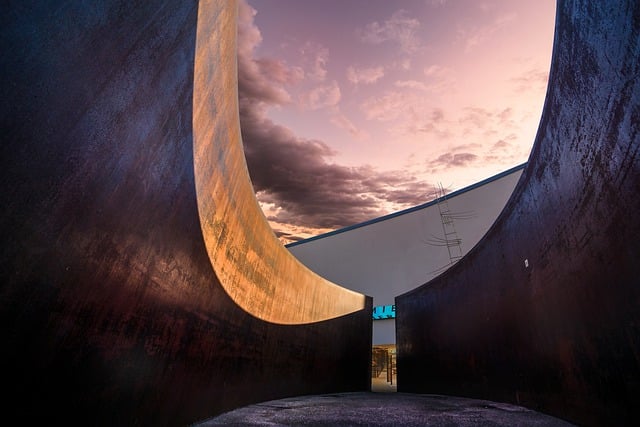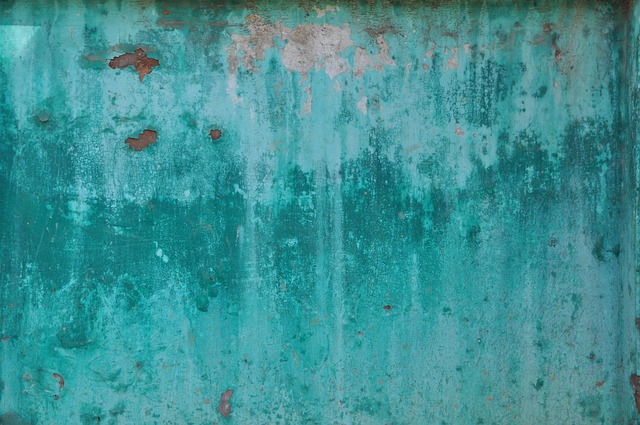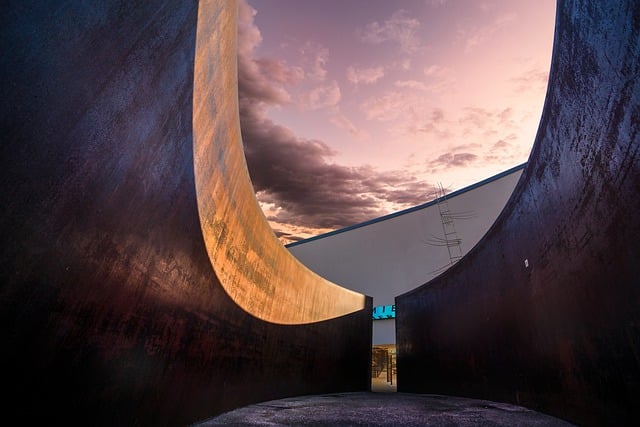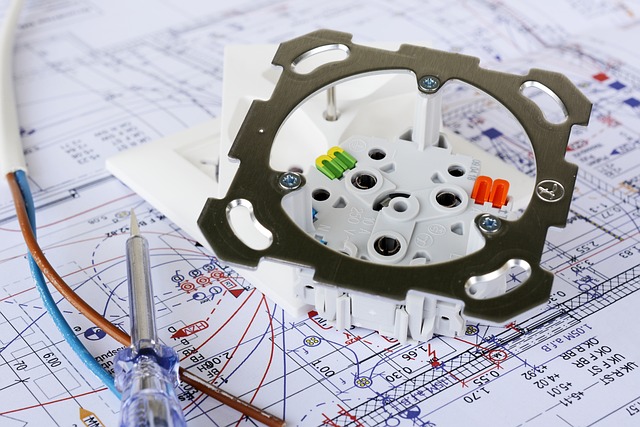Metal roofing installation has gained popularity due to its superior durability, low maintenance, and fire resistance compared to traditional materials like asphalt shingles. Steel and aluminum are leading choices for both residential and commercial properties, offering high strength-to-weight ratios and excellent heat dissipation. With proper care, metal roofs can last several decades, withstanding harsh weather conditions. Installation involves meticulous preparation and careful placement of metal panels, while regular maintenance is crucial for optimal longevity. Choosing a reputable company with extensive experience, insurance, warranties, and certifications ensures a successful project with minimal disruption.
In the realm of roofing, metal stands out for its durability, versatility, and aesthetic appeal. This comprehensive guide delves into the world of residential and commercial metal roofing, exploring the benefits and applications of this robust material. From understanding the diverse metal roofing materials and their remarkable durability to the step-by-step installation process, we provide insights on maintaining longevity. Learn why metal roofing installation is a game-changer for homes and businesses alike, offering a sustainable, low-maintenance solution that enhances property value.
Understanding Metal Roofing Materials and Their Durability

Metal roofing has become a popular choice for both residential and commercial properties due to its exceptional durability and low maintenance requirements. When considering metal roofing installation, understanding the various materials available is key. Steel and aluminum are two of the most common types used in construction today. Each offers unique advantages, such as resistance to corrosion and rust, superior strength-to-weight ratio, and excellent heat dissipation properties.
The longevity of metal roofs is well-documented. With proper installation and maintenance, they can last for several decades, often outperforming traditional roofing materials like asphalt shingles. Their durability stems from the robust manufacturing processes that involve high temperatures and precise formations, resulting in a final product that stands up to extreme weather conditions, including heavy rain, snow, strong winds, and even wildfires.
Advantages of Metal Roofing Installation for Homes

Metal roofing installation has become a popular choice for many homeowners due to its numerous advantages. One of the key benefits is durability; metal roofs can withstand harsh weather conditions, including high winds, heavy rain, and even tornadoes, ensuring your home remains protected. This longevity also translates to cost-effectiveness as it requires less frequent replacement compared to traditional roofing materials.
Additionally, metal roofing offers excellent resistance to fire, making it a safe option for homes. Its reflective properties can also help reduce energy costs by minimizing heat absorption, which is particularly beneficial in warmer climates. The low maintenance requirements and wide range of styles available make metal roofing installation an attractive and practical choice for residential properties.
Commercial Metal Roofing: Benefits and Applications

Commercial metal roofing offers a wide array of benefits that make it a popular choice for businesses and property managers. One of its key advantages is durability; metal roofs can withstand extreme weather conditions, including heavy rainfall, strong winds, and snow, ensuring the building’s structural integrity. This longevity also translates to significant cost savings in the long run, as replacement or repair needs are reduced.
Additionally, metal roofing installation provides excellent resistance to corrosion and rust, especially when made from modern, high-quality materials and properly installed. This resilience makes it an ideal option for low-maintenance commercial properties, allowing businesses to focus on other operational aspects. The versatility of metal roofing is evident in its diverse applications, from industrial buildings and warehouses to office spaces and retail shops, enhancing the overall aesthetic appeal and value of these structures.
The Process of Installing Metal Roofs: Step-by-Step Guide

Installing a metal roof is a process that requires careful planning and expertise, but it offers a durable and visually appealing solution for both residential and commercial properties. Here’s a step-by-step guide to help demystify the metal roofing installation process:
1. Preparation: Begin by inspecting the existing roof structure and ensuring it can support the additional weight of metal panels. Remove any debris or damaged materials from the roof deck. This stage is crucial for a solid foundation, so consider hiring professionals to assess structural integrity if necessary.
2. Underlayment Installation: The first step in actual installation involves fitting an underlayment—a protective barrier between the roof deck and the metal panels. Commonly used materials include synthetic underlayments or felts, ensuring water doesn’t penetrate while providing a smooth base for the metal roof.
3. Roof Panels Placement: Next, install the metal roofing panels, typically using screws or specialized clips. Start at the bottom edge of the roof and work your way up, overlapping each panel by 2-4 inches to ensure a watertight seal. This step requires careful alignment for an even finish.
4. Fastening and Sealing: Secure the panels with either mechanical fasteners or adhesive, following manufacturer guidelines. Use weatherproof seals around penetrations like vents or chimneys to maintain the integrity of the waterproof barrier.
5. Trim and Finish: Complete the installation by adding roof trim—flashing, gutters, and downspouts—to enhance aesthetics and protect vulnerable areas from water damage. Ensure all components are securely fastened.
Maintenance and Longevity: Ensuring Your Metal Roof's Health

Metal roofing installation offers a durable and low-maintenance option for both residential and commercial properties. To maximize the longevity of your metal roof, regular maintenance is key. Start by inspecting it at least twice a year to identify any signs of damage or wear, such as loose or missing panels, rust spots, or water damage. Addressing these issues promptly can prevent further complications.
Regular cleaning is also essential to maintain the appearance and performance of your metal roof. Use soft-bristled brushes and mild detergent to gently clean the surface, removing any dirt, debris, or algae buildup. Avoid aggressive cleaning methods that could scratch or damage the metal. Additionally, consider applying a protective coating every few years to shield the roof from rust and corrosion, further extending its lifespan.
Choosing the Right Metal Roofing Company: Key Considerations

When considering metal roofing installation, choosing the right company is paramount. Look for a contractor with extensive experience and a proven track record in both residential and commercial projects. Check their portfolio to assess the quality of their work and the variety of styles they offer. Reputable companies should be insured and bonded, providing financial protection for your investment.
Additional key considerations include certifications from recognized industry bodies, customer reviews, and warranties on materials and labor. Inquire about the types of metal roofing options available and their durability in local climates. A good company will guide you through the entire process, from initial consultation to final installation, ensuring a seamless transition with minimal disruption to your daily life.
